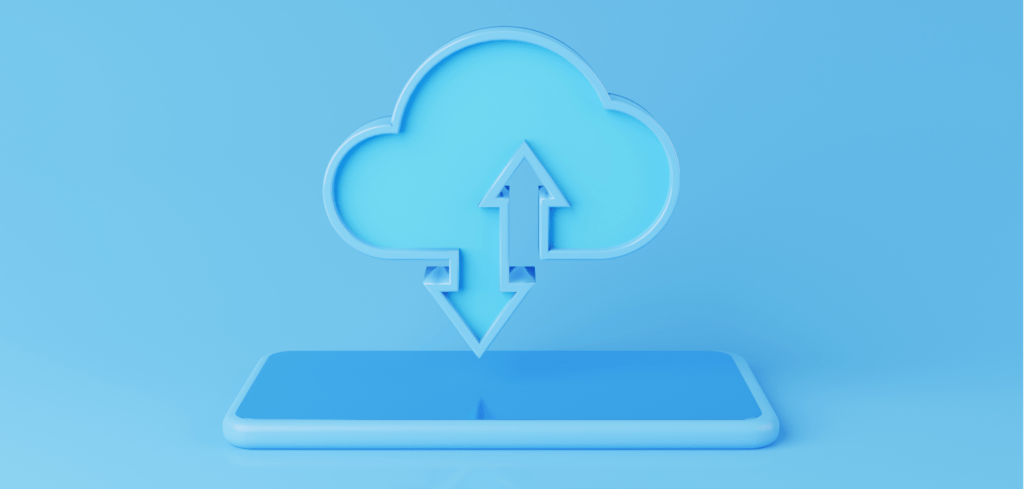update: 06.2025
The cloud continues to gain in popularity. This is the conclusion that can be drawn from reading Flexera’s report, which opens with the information that 9 out of 10 companies anticipate using cloud computing. The pandemic has shown policymakers that the flexibility and innovation of the cloud help build businesses more nimbly and respond to rapidly changing market conditions.

Cloud continues to gain importance
According to Flexera’s 2024 State of the Cloud report, 90% of organizations plan to increase their use of cloud computing. The pandemic and recent geopolitical events have highlighted the importance of the flexibility and innovation that the cloud offers in a rapidly changing business environment.
Ukraine’s Experience Highlights Cloud’s Importance
The Ukrainian government’s move of key resources to the cloud before the war allowed for continued operations despite attacks on local data centers, highlighting the importance of the cloud in ensuring operational resilience in crisis situations.
Cloud Migration Challenges
Despite growing cloud adoption, many organizations face migration barriers, including security concerns, compliance, and cost. According to a Flexera report, 70% of applications still run outside the public cloud, with some organizations opting to repatriate data due to poor performance and lack of transparency in online services.
Hybrid Solutions Address Challenges
To address these challenges, cloud providers like Amazon and Microsoft are offering solutions that allow cloud services to be moved to on-premises data centers, such as AWS Outposts and Azure Stack Hub. This allows companies to take advantage of cloud technologies while keeping data on-premises.
Integrating Cloud with On-Premises Infrastructure
Companies such as HPE, Dell, Cisco, and NetApp are introducing solutions that combine the benefits of the cloud with on-premises infrastructure, offering flexibility, scalability, and a pay-per-use model. Examples include HPE GreenLake, Dell Apex, and Cisco Plus.

If you are looking for cloud solution specialists, contact us!
